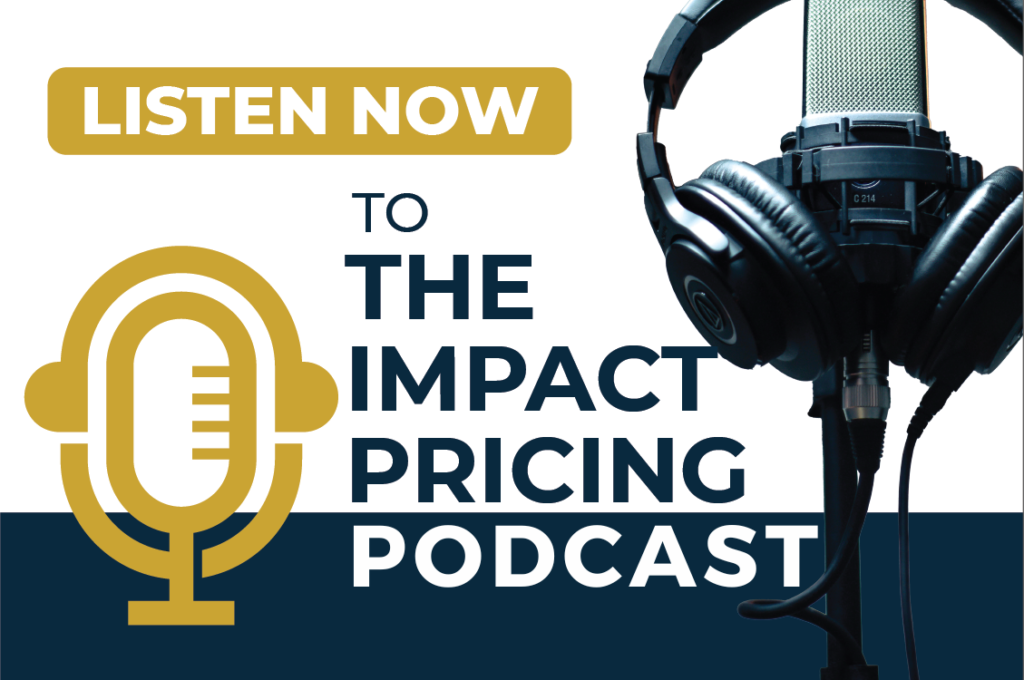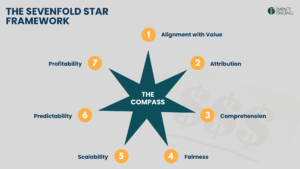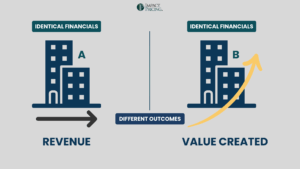Most companies try to segment their markets by surface traits like industry, company size, age group, or geography. And while these can be useful, they often miss the best reason to create market segments.
That reason? It has everything to do with the question at the heart of every sale:
Will I buy anything at all?
Let’s unpack this idea.
The “Will I” Decision: The First (and Most Important) Buying Hurdle
Before a buyer chooses what to buy, they decide whether to buy. That moment—the “Will I” decision—is when a person shifts from passive to active. It is when they go from tolerating a problem to searching for a solution.
This decision does not get made because of your product’s features, price, or reputation. It gets made because something pushed the buyer to act. They now believe the problem they are facing is real, painful, and worth solving.
Without this decision, no sale ever happens.
Market Segments: Groups of People Who Say “Yes” to the Same Problem
A great market segment is not a group of people who fit a demographic profile. After all, most demographic characteristics are irrelevant to your buyers’ decision processes. A great market segment is a group of people who have a common set of problems. People who all say yes to the same internal question:
“Will I spend time and money to solve this problem?”
That shared willingness to act is what defines a true segment. It means market segments should not be based on who buyers are, but on the problem they are trying to fix.
People who are motivated to solve the same problem belong in the same segment, even if they look very different on the surface.
So What Sparks the “Will I” Moment?
Now we come to the linking concept: foundational problems.
A foundational problem is the kind of problem that hurts enough to justify change and causes someone to enter the market.
It is the reason a buyer starts looking for help. The “Will I” moment only happens when this kind of problem is felt in a meaningful way.
If your product does not solve a foundational problem, your buyer will not act. No matter how clever your marketing or how low your price, they will stay on the sidelines.
How Foundational Problems Tie It All Together
Let’s connect the dots:
- The “Will I” decision happens when someone feels a problem deeply enough to take action.
- People who feel the same problem and are ready to act form a market segment.
- That problem, the one that triggers action, is a foundational problem.
Foundational problems are what drive market segments. People who are trying to solve the same significant problem.
If you can identify the foundational problem your product solves, then you can define the market segment you serve and craft messaging that speaks directly to that “Will I?” decision.
A Quick Note on Surface Segmentation
You might still ask, what about industry, company size, or geography? Aren’t those valid segments?
They can be, but only when they align with different foundational problems.
For example:
- A small business and a large enterprise might both need accounting software, but:
- The small business is looking for something simple because they lack expertise and time.
- The enterprise is focused on compliance, control, and coordination across departments.
That’s not one market. It is two different foundational problems, which means two different market segments, even if the product category is the same.
One could think of many other characteristics of companies that don’t drive purchase behavior of accounting software: location of HQ, marketing budget, and brand power. Each of these could be a valid segmentation technique if they aligned with foundational problems.
Conclusion
If your segmentation strategy is based on who buyers are, rather than what they need to solve, you may struggle to create urgency, relevance, or pricing power.
Instead, ask:
- What foundational problems does our product solve?
- Who feels each problem strongly enough to take action?
- How can we speak to their “Will I?” moment?
This is the link that turns passive audiences into active buyers. It is how you turn products into solutions and segments into sales.
Share your comments on the LinkedIn post.
 Tags: market segments, pricing, segmentation, value
Tags: market segments, pricing, segmentation, value













